Textile coatings are one of many types of chemical coating, and are applied to a material in order to change, enhance or improve its characteristics and properties. Textile coatings offer great versatility, can deliver a range of different functional and aesthetic results, and are used across many industries from aerospace and automotive to outdoor wear and geotextiles.
In this post:
Key Takeaways
Improved properties as coatings add waterproofing, flame resistance, durability, and visual appeal
Chemical precision with formulations using agents and additives ensures strength and function
Application methods differ as techniques such as direct, spray, and extrusion are chosen based on end use
Industry uses include agriculture, automotive, clothing, healthcare, and protective wear
Chemical Coatings
Firstly, let’s look at chemical coatings in general. A chemical coating is a formulation that can be applied to any material with the aim of enhancing certain properties of or giving new properties to that material.
There are a wide range of materials that this can apply to, such as fabric, steel, glass, and wood. The different types of properties a chemical coating can give include water repellency, flame retardancy, durability, anti-static, and different colours.

Textile Coatings
Adding chemical solution coatings to textiles enhances and extends their performance and aesthetic appeal. Textile coating techniques and technology have advanced and diversified considerably over the last couple of decades as uses of technical textile material have increased.
Nowadays, it’s vital that the techniques used take the environmental impact into consideration, balancing sustainability and efficiency alike.
There are many textile coating techniques for various different chemical coatings, but they are all similar in the fact that they all put a chemical layer on the surface of the given material. The chemical compound being used as well as the coating technique all depends on the end use of the textile.
The Chemistry Behind Textile Coatings
While the application methods for textile coatings are important, the real magic happens at a molecular level. The right chemical formulation ensures that a coating bonds effectively with a fabric and delivers the desired performance.
Film-Forming Agents and Polymer Dispersions
Film-forming agents, often based on polymers such as polyurethane (PU), acrylic, or silicone, create the primary layer of the coating.
This layer gives the fabric its core functional properties, whether that’s waterproofing, flexibility, abrasion resistance, or breathability. Polymer dispersions help ensure these agents are evenly spread across the textile surface, allowing for consistent performance.
Role of Crosslinkers, Thickeners, and Additives
Crosslinkers improve the chemical bonding between the coating and the textile fibres, increasing durability and resistance to wear.
Thickeners control the viscosity of the coating, enabling precise application.
Additives such as flame retardants, UV stabilisers, or antimicrobial agents introduce additional, specialised functions tailored to the fabric’s intended use.
Textile Coating Techniques
Some textile coating techniques (and there are many more) include:
- Direct coating – the coating chemical is spread on the textile with a fixed knife
- Transfer coating – the coating is spread onto paper which forms a film that is then laminated onto the textile
- Spray coating – exactly as it suggests, the coating is sprayed directly onto the textile. This can be done through compressed air vaporisation, airless pressure spray, and powder resin spray
- Extrusion coating – plasticised coating is passed through a sheeting die and transferred directly onto the textile
- Foamed coating – normally used for knitted or woven fabrics, a foam coating lies on the surface of the textile and is then crushed onto the textile by a roller
Uses of Textile Coatings
The applications of textile coatings are as varied as the fabrics themselves. In many cases, coatings transform an ordinary fabric into a highly specialised material capable of withstanding demanding environments. Below, we explore some of the most common industries and use cases.
Textile Coatings in Agriculture
Agricultural textiles, such as crop covers, greenhouse fabrics, and irrigation mats, benefit from coatings that improve UV resistance, water permeability, and weather durability. These coatings help protect crops, conserve water, and extend the service life of agricultural materials.
Textile Coatings in Automotives
In the automotive sector, coated fabrics are used for seat covers, headliners, and airbags. Coatings can provide flame resistance, stain resistance, and UV protection. This helps materials remain safe, functional, and visually appealing over time.

Textile Coatings in Clothing
From high-performance sportswear to everyday apparel, textile coatings improve comfort and functionality in clothing. Breathable waterproof coatings keep outdoor wear comfortable in wet weather, while stain-resistant treatments extend garment life.
Textile Coatings in Home Furnishings
Coated fabrics are widely used in upholstery, curtains, and carpets to provide stain resistance, flame retardancy, and colourfastness. These treatments ensure furnishings maintain their appearance and safety standards.
Textile Coatings in Medical Facilities
Medical textiles, such as hospital bed covers, surgical gowns, and privacy curtains, often use coatings with antimicrobial properties. These coatings help reduce contamination risks and improve hygiene in healthcare environments.
Textile Coatings in Protective Wear
Protective clothing for firefighters, factory workers, and the military often relies on advanced coatings for flame resistance, chemical protection, and weatherproofing providing essential safety in hazardous conditions.
Conclusion
Textile coatings play a vital role in transforming fabrics into high-performance materials tailored to specific environments and industries. By combining advanced chemistry with precise application techniques, manufacturers can deliver fabrics that are more durable, functional, and sustainable than ever before.
At ReAgent, we manufacture bespoke textile coatings for specialist formulations and specific viscosities. Check out our textile coatings page for more information, or contact one of our friendly team today.















